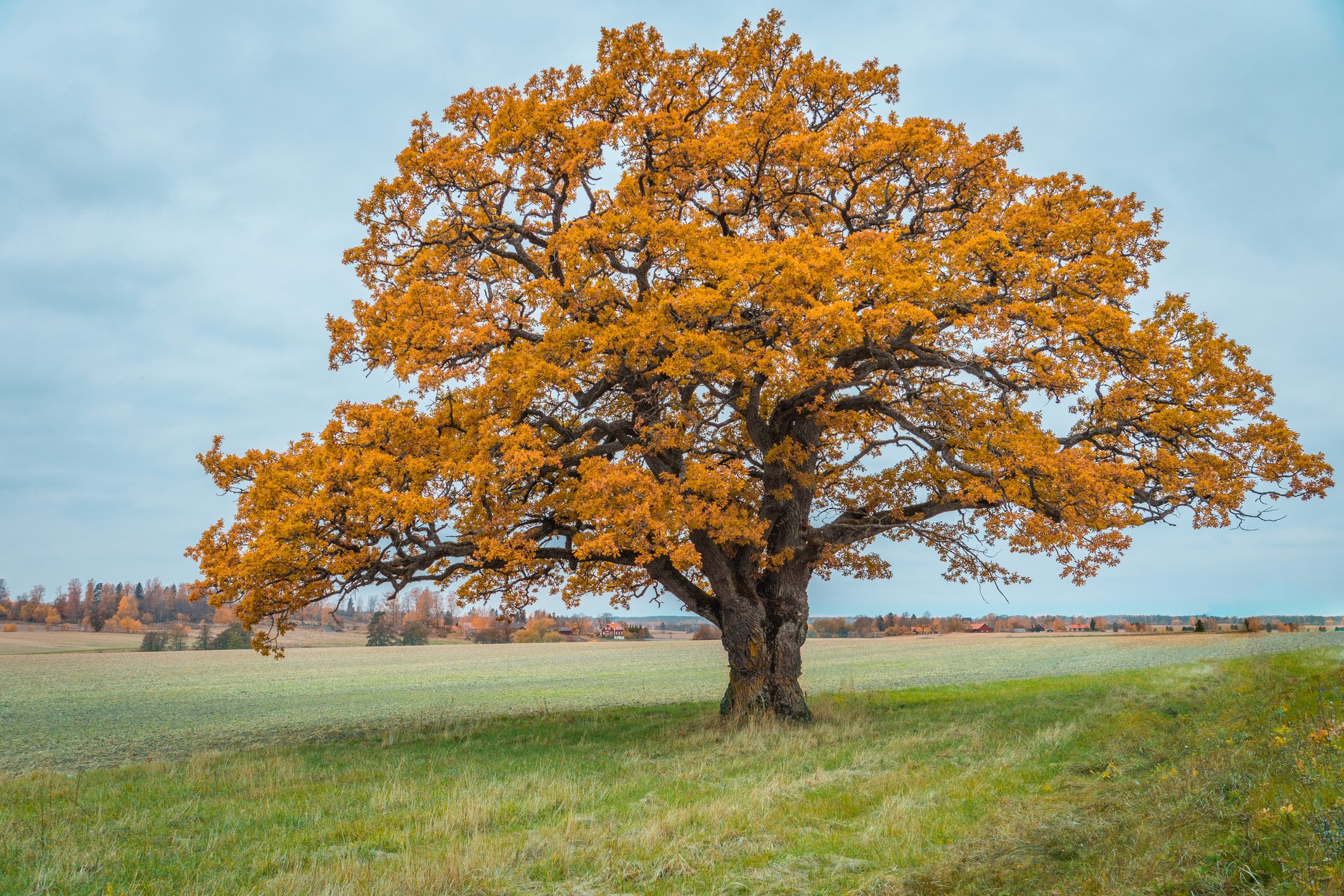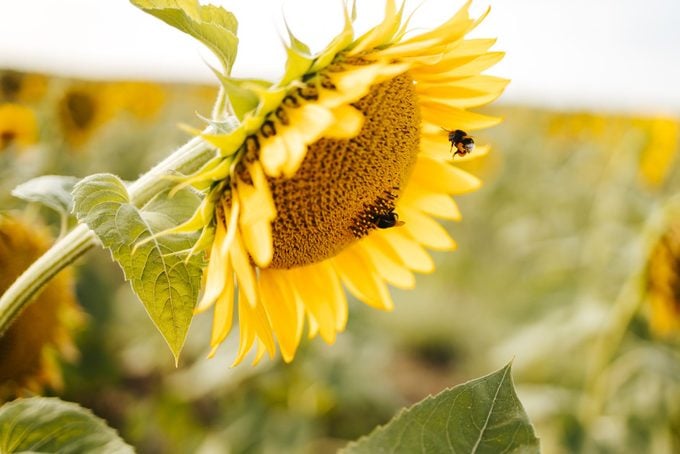Keystone plants nurture an incredible amount of bird, insect and wildlife diversity. Here's why these ecosystem heroes should be in your yard.

What Is a Keystone Plant and How Does It Support Wildlife?

A few years ago, the United Nations reported on nature’s unprecedented decline of biodiversity. Since then, finding ways to give plants, insects and animals a boost has been a priority for many around the globe.
It turns out we can transform our gardens and yards into mini wildlife refuges by planting keystone and native plants. These collectively make a big difference in the health of our ecosystems.
“I talk about creating a homegrown national park,” says Doug Tallamy, an author, entomologist and professor at the University of Delaware. “We’re going to do conservation right at home. And there are keystone plants, meaning they are producing most of the energy that supports our food web. And in 84% of the counties in which they occur, oaks are number one.”
Turns out there are lots of species of keystone flowers and bushes. Read on to learn more about these pillars of our natural community, how they support wildlife and why you want them in your yard and garden.
On This Page
What Are Keystone Plants?
Keystones are native plants crucial to the food web and ecosystem because they support so many other plants, animals and insects throughout their life cycles. Keystone plants are crucial for native bees and other pollinators. Plus, 96% of terrestrial birds rely on the insects that keystone plants support.
“As the name implies, they’re like a keystone within an archway,” says Susannah Lerman, a research ecologist with the U.S. Forest Service. “If you remove that stone, the whole arch collapses.
“Similarly, if you take that tree or plant away, all of a sudden there’s no food for the insects to eat. Then there’s no food for the birds to eat. There’s no shade, it’s all hot. And so it just has this disproportionate impact on that local, local space. It’s the same thing with a keystone species, like beavers.”
What’s the Difference Between a Keystone Plant and a Native Plant?
All keystone plants are native plants, but not all native species are considered keystone plants.
How Does a Keystone Plant Support Wildlife?

It varies by species. But in general, keystone plants provide food, shelter and places to raise young for so many animals, insects and other plants. With trees, they cool the surrounding area, collect rainwater (which helps with stormwater runoff) and sequester carbon.
Caterpillars and bees
Keystone plants support 90% of caterpillar species and up to 60% of native bees, both integral parts of nature’s food web.
“One clutch of birds can consume almost 9,000 caterpillars in the weeks before leaving the nest,” says Sam Hoadley, a horticultural research manager at Mt. Cuba Center. “Adding a native pollinator garden to your yard and incorporating a few keystone species can increase the populations of birds like wrens, bluebirds and chickadees.”
Leaves
Fallen leaves also make some trees and bushes keystone plants. Leave the leaf clutter whenever possible, because a lot of insects and other beneficial organisms live in it, above and below ground.
Bringing species together
The networking of insects, plants, birds and animals attracted by keystone plants makes ecosystems vibrant and resilient.
“We learn about the food chain, but that term makes it seem like it’s simple,” says Lerman. “It’s really more like a food web. It’s just crazy in terms of all of these different types of interactions that can happen between species.”
What Are Some Examples of Keystone Plants?
Keystone plants vary by region, but an oak tree is a quintessential example. During his research, Tallamy counted more than 400 species of moth and butterfly that fed on an oak on his property in Pennsylvania as caterpillars.
“Native oak trees such as red, white and live oaks support the largest number of caterpillars compared to any other type of plant, while also supporting other wildlife by providing food and shelter,” says Hoadley.
Oaks also support large numbers of birds, along with chipmunks and other mammals that eat the acorns, and, of course, the larger predators that eat those mammals. “So again, when we think about that food web, and the oak tree, it’s the glue that holds the web together,” Hoadley says.
Examples of other keystone plants include:
- Native asters;
- Goldenrods;
- Sunflowers;
- Blueberries;
- Rabbitbrush;
- Big blue stem;
- Prairie grass;
- Cherry trees;
- Red mangroves;
- Alders;
- Saguaro cacti.




















